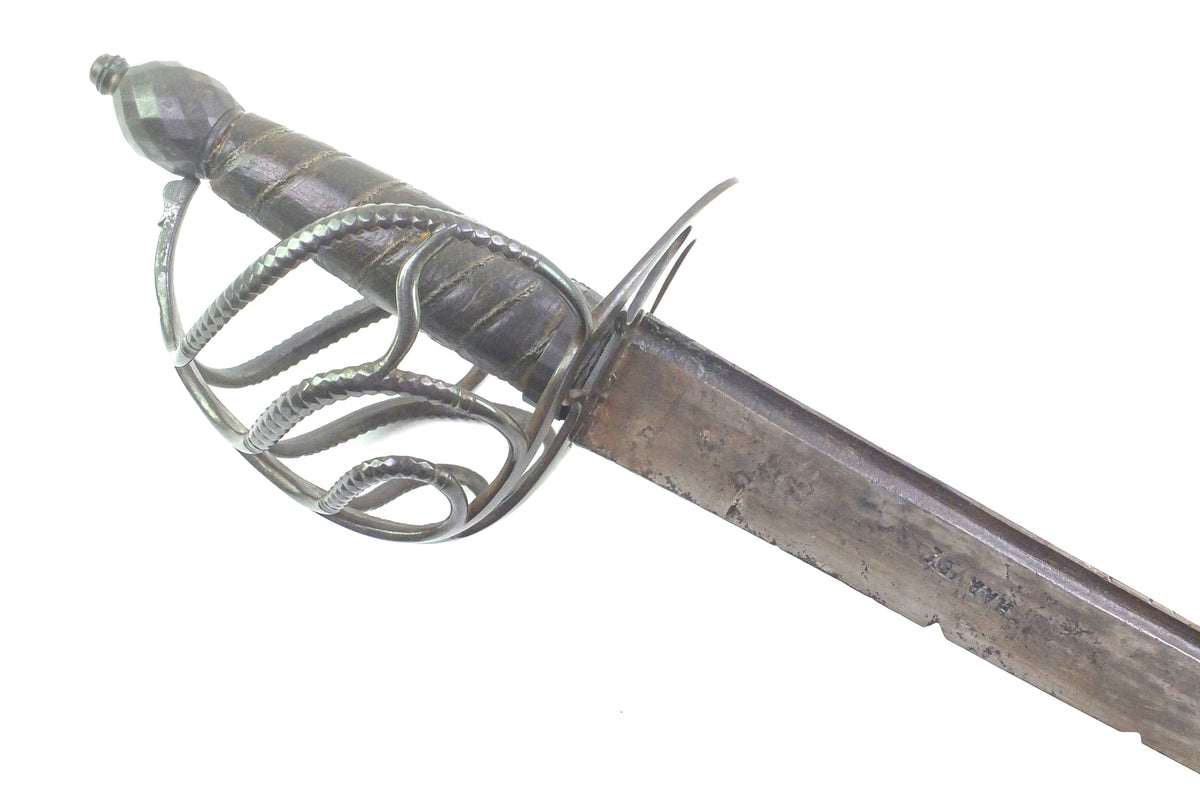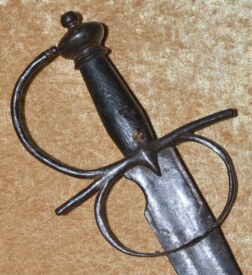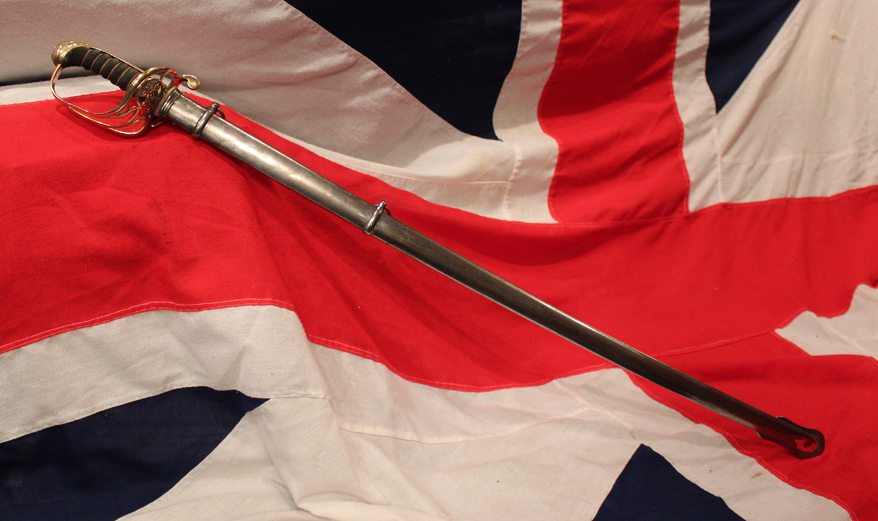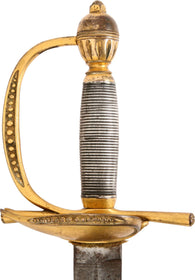For Sale
The following items are listed by for sale by users of the site and dealers. They are in no way endorsed or guaranteed by www.antiquearmsresearch.com
Add a Classified ItemYou can also receive regular email notifcations when items match your keywords. To recieve them just register or logon at the top right of this page.
- Nation : British
- Local Price : £1,995.00
- Nation : French
- Local Price : £1,995.00
- Nation : Spanish
- Local Price : $1995.00
- Nation : Spanish
- Local Price : £1995
- Nation : -
- Local Price : 2,750.00 USD
- Nation : Italian
- Local Price : £1980
- Nation : British
- Local Price : £1,975.00









.jpg)